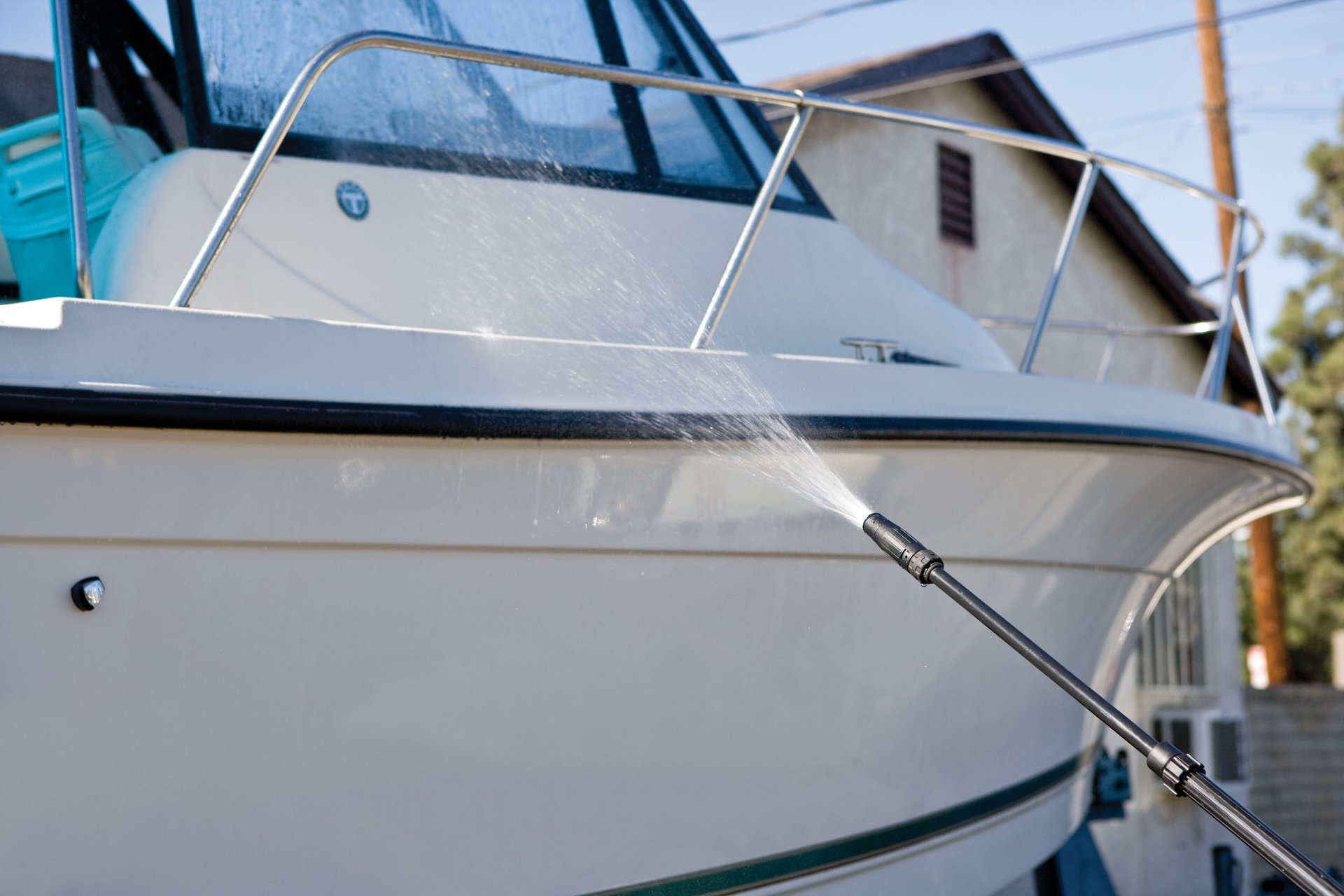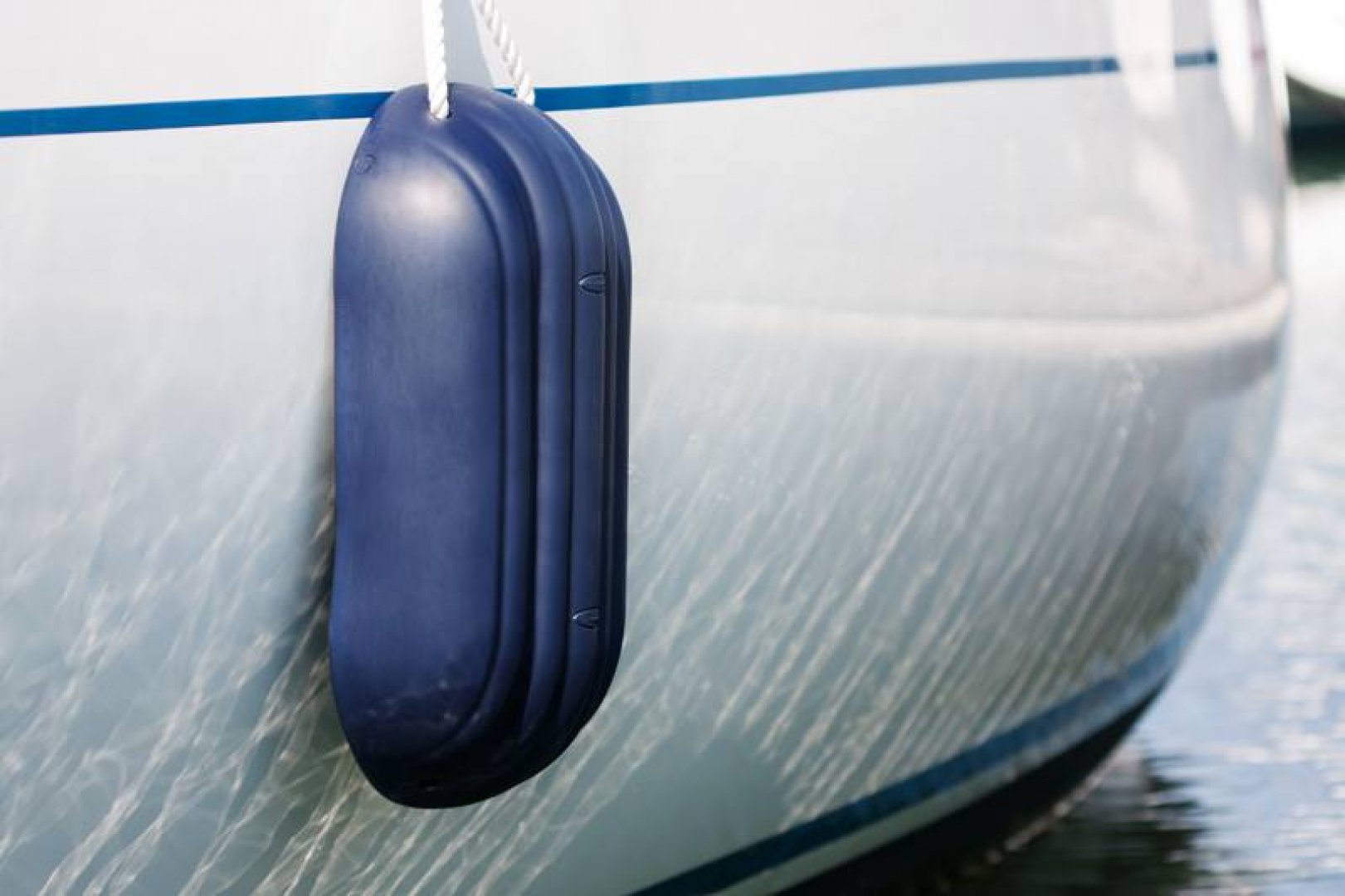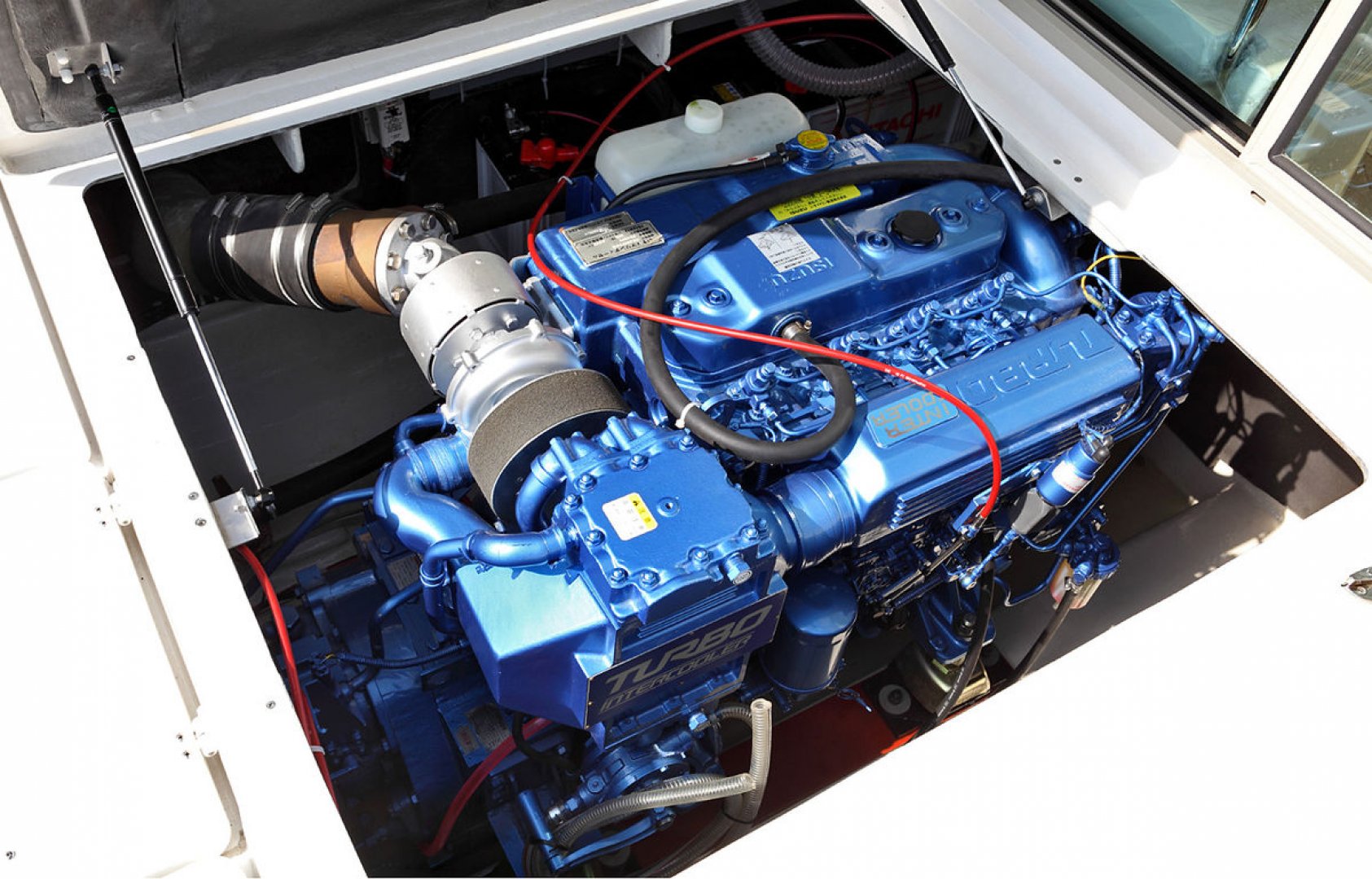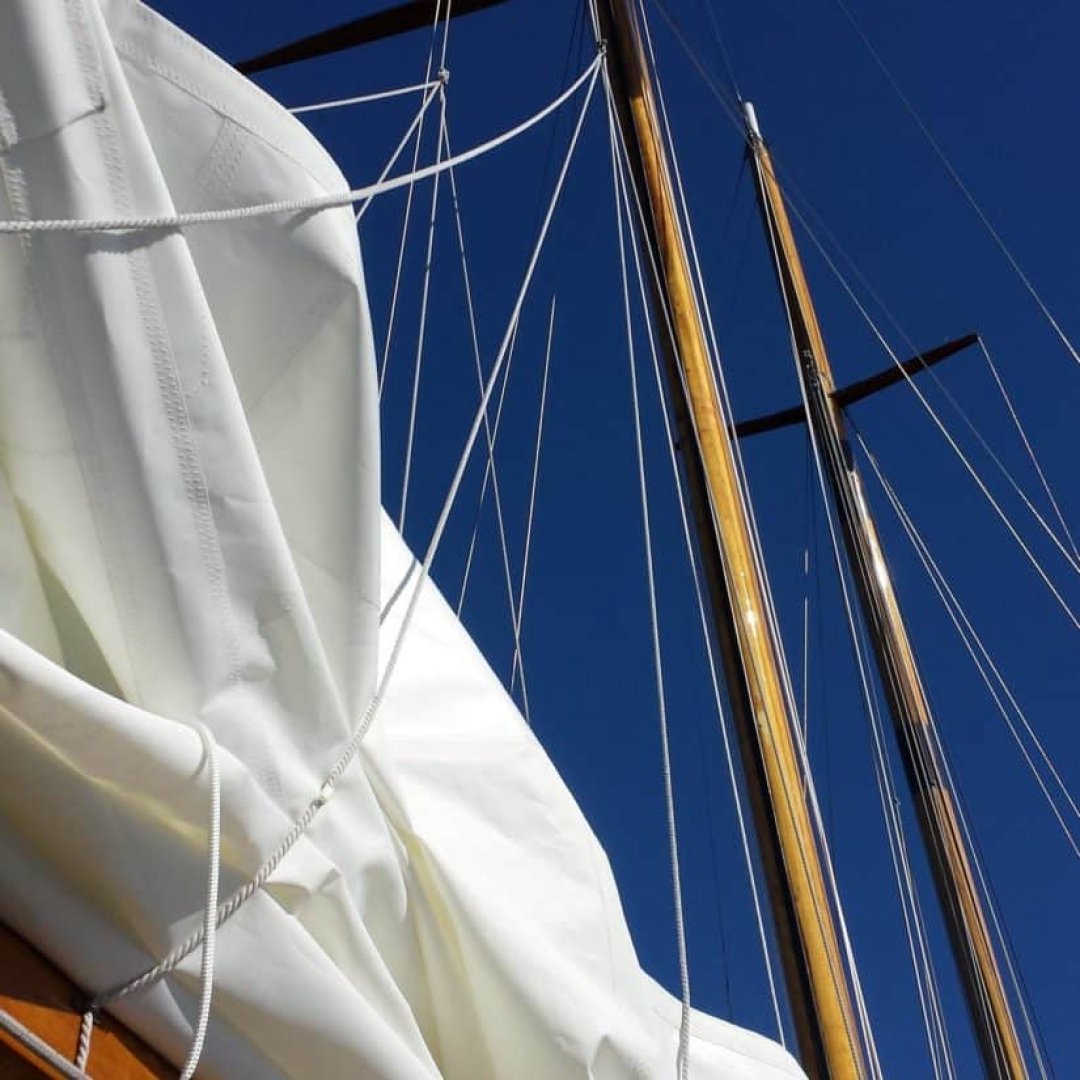SET SAIL SAFELY
- 2018 March, 12
- /
- Guides and advices
THE WARM SEASON WILL SOON BE HERE. YOU’RE CERTAINLY READY TO RAISE YOUR ANCHOR TO NEW ADVENTURES, AND SO IS YOUR BOAT, RIGHT? LET’S CONSIDER SOME CHECKLIST TIP TO PREPARE FOR THE BOATING SEASON AHEAD.
Spring is coming and the sea is calling you louder and louder. It's time to prepare your boat to be put in the water and to check that everything is alright in order to ensure your safety and that of others.
Let’s point something out: all the steps we’re going to propose you should have been made in autumn during the dry berthing. That’s the best period to do it because we have the precise idea of what our boat needs and of the most urgent technical interventions we have to perform. Anyway, let’s see the step by step checklist.
CLEAN THE HULL

First things first: let’s clean the bottom with the pressure washer. Once the hull is cleaned, any damages suffered during the summer will be more evident. In order to avoid annoying speed lowerings, it’s better to sand the hull with an epoxy primer in order to remove limescales and crusts. Keeping multiple painting layers, in fact, is not recommended because it helps inside moisture and raise the chance of develop osmosis.
Teak is an element not to be overlooked. There are many products on the market for its cleaning (detergents, bleaching chemicals and oils). The important thing is to do its cleansing periodically, in order to avoid more massive and expensive interventions in the long term. Besides the wood, there are two other materials that can be corroded by salt water: metals and plastic materials.
CHECK METALS AND PLASTIC BOAT MATERIALS

Let’s start with metals. It’s very useful to disassemble the propeller and to polish it with an anti-lime scale, but you also have to protect the other metal parts. That’s where anodes come to help you. Simply apply these special zinc-coated plates, characterized by a very low electronegativity, in some strategic points of the boat. In this way, the galvanic corrosion will apply on the anodes and therefore the most important metal parts of the hull will be protected. How can you understand if an anoid is still efficient? Just put it on the scale: its weight must be greater than half the weight it had when you purchased it.
We now come to plastic materials. It’s paramount to check the jointing of the portlight to be watertight. Fenders should not be corroded or ruined by the dried salt, the valves should be efficient and the pressure should be right.
You can easily avoid these problems choosing Inmare boat fenders. They are indeed manufactured using a special compound of E.V.A. (Ethylene-vinyl acetate) that, contrary to ordinary rubber and plastic fenders, are resistant to UV radiation and do not deteriorate in the marine environment, even when left for long periods in the water. There are no valves, so you don’t have to check the pressure. Just clean it, and that’s all.
VERIFY YOUR BOAT SYSTEM

Let’s move on to the various systems if the boat. If you have removed batteries in the winter, let’s install them. If not, remember to charge the batteries and ensure that they can hold a charge. Electrical system, navigation lights and electrical cabinet have to be careflully verified – and if it is possible, let’s use a corrosion inhibitor spray on the electrical connections. Water system is also important. Remember to clean the water tank, the seacocks and the working of the toilet. If you have a motor boat, remember to check belts for tension, change oil and filters and verify cable ties and sleeves.
PREPARE YOUR SAILBOAT

If you own a sailboat, it’s very important to focus on the winches. Every five year you’re supposed to dismantle them and oil them in order to avoid limescale. You also have to check if rope clutches, blocks and cleats are working fine. Remember to have a special consideration for rollers and anchor. Check all the weld joints and the rubber pullets.
Checking the mast is a mandatory step in the preparation of the sailboat. Firstly, let’s dismantle the windex and the anemometer. After having checked possible point of corrosion you have to verify the navigation lights and the ironmongery. Now you can wash the mast and inspect cross-trees and splices. Tighten and loose the turnbuckles, cleaning the threading with distilled water.
Last but not least, let's talk about the sails. When the saling season ended, you were supposed to wash them, fold them and put them in a dedicated bag. When spring comes, you have to check slides, the main sheet, the spanker, and the heid rope. If you have a Genoa sail you have examine the leech, the tack and the head, the bolt rope and the heid rope. It would be optimal to deeply wash all the ropes that during the winter are probably become extremely rigid.
Once all the your main boat component are ok, let’s check your safety devices and all the required saling documents.
Now you only have to find a nice weather and an even nicer company. Have a wonderful travel!
Credit: Velaemotore.it
Photocredit:
- ilgiornaledeimarinai.it
- wikipedia.com
